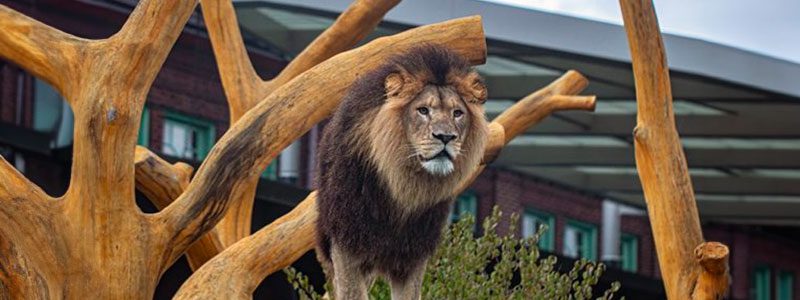
Abdim’s Stork
Regenstein African Journey
On Monday, October 20, McCormick Bird House is closed.
Did You Know?
- Abdim’s storks are social birds and have been known to travel in flocks of nearly 10,000 birds. When they breed, they do so in colonies of no more than 20 pairs.
- Like other storks, they have a variety of courtship displays, including a head-shaking crouch.
- They migrate across the equator through the rainy seasons in sub-Saharan Africa. They stay in the southern tropics during the wet season between November and March and then go north in the spring, leading locals to consider them as “bringers of rain.”
Don’t See the Animals?
Why aren’t animals visible at all times? To promote positive animal welfare, we provide animals with choices. They can choose to spend time in areas that are out of public view.

Take an Animal Home with You
Overview
Scientific Name: Ciconia abdimii
Class: Birds
Diet: Insects, including grasshoppers, locusts, and crickets (also small vertebrates)
Range: Eastern and southern Africa
Endangered Status: Least Concern
More Information
Abdim’s storks are long-limbed birds with black feathers accented with white portions under their wings. They have a blue face with a bright red patch around each eye and at the base of their bill. They are recognizable by their white bellies as well. Among the smallest storks, these birds still stand nearly 3 feet tall.
They are often found living near water, although they can handle semi-arid regions as well. The storks breed in the wet season between May and August before migrating south. They make nests that different breeding pairs may reuse later. Abdim’s storks are widespread across Africa but are threatened by habitat loss and human control of the insects that make up their food source.
